Japan Is To Launch Its First Space-Based Solar Power Plant In 2025 – But Is It Effective?
25th Apr 2024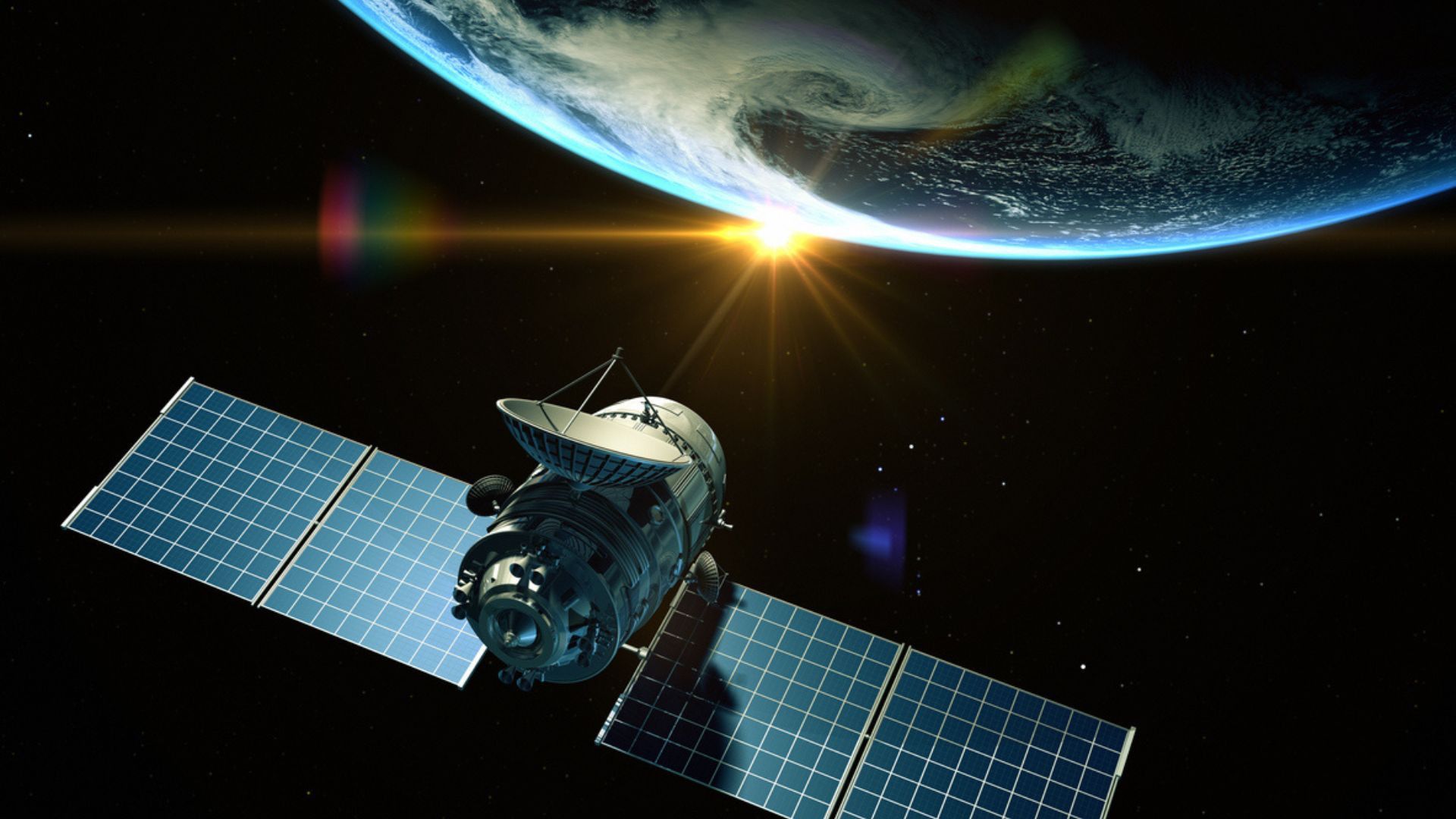
The long-awaited announcement regarding the launch of the inaugural orbital solar power plant was made during the International Conference on Space Energy, held from 17 to 19 April 2024 in London. The Space-based solar power (SBSP) initiative is part of Japan’s OHISAMA program, slated to commence in 2025.
The demonstration mission plans to launch into orbit a small satellite capable of generating 1 kW/hour of energy, which will then be transmitted back to Earth via microwave beams to a designated receiving antenna. Orbital Today delved into the potential benefits and drawbacks of harnessing electricity in space.
What Exactly Does OHISAMA Offer?
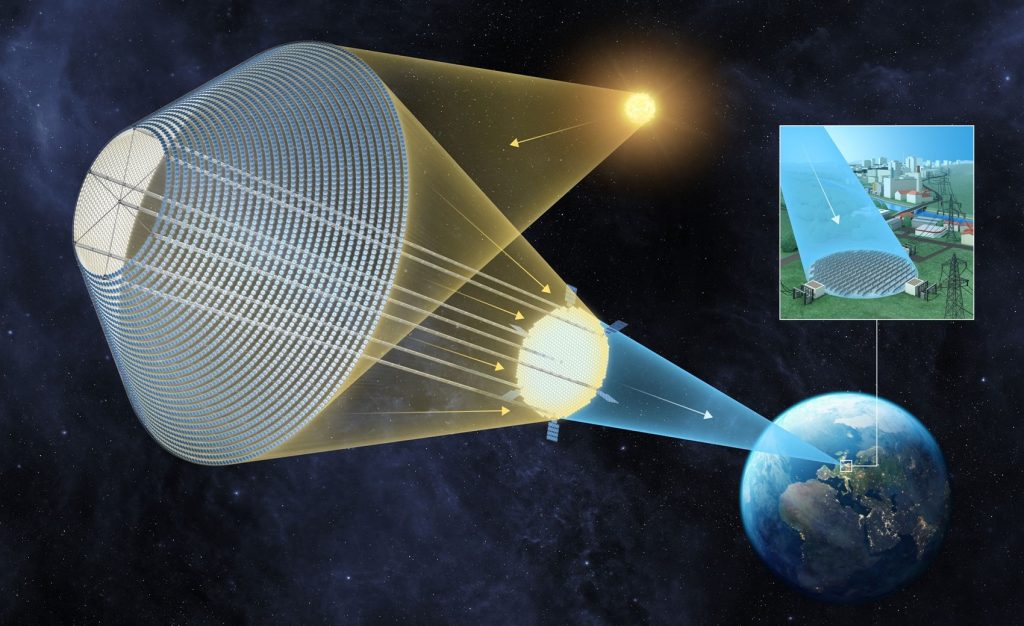
Comments regarding the new SBSP technology were given by Koichi Ijichi, an adviser at the Japanese research institute Japan Space Systems. According to him, the small satellite weighing 180 kg (400 pounds) will be positioned in low Earth orbit (LEO) at an altitude of 400 km (250 miles).
The spacecraft will be equipped with a 22-square-foot (2×2 m) photoelectric solar panel and an energy converter to transform generated energy into microwave radiation directed towards a receiving antenna on Earth. Considering the altitude of the orbit and the satellite’s velocity, the antenna elements must cover a large area on the surface. For example, the receiving antenna being developed under the OHISAMA program will span an area of 40 km (25 miles). In this case, each antenna element must be located at least 5 km (3 miles) from each other.
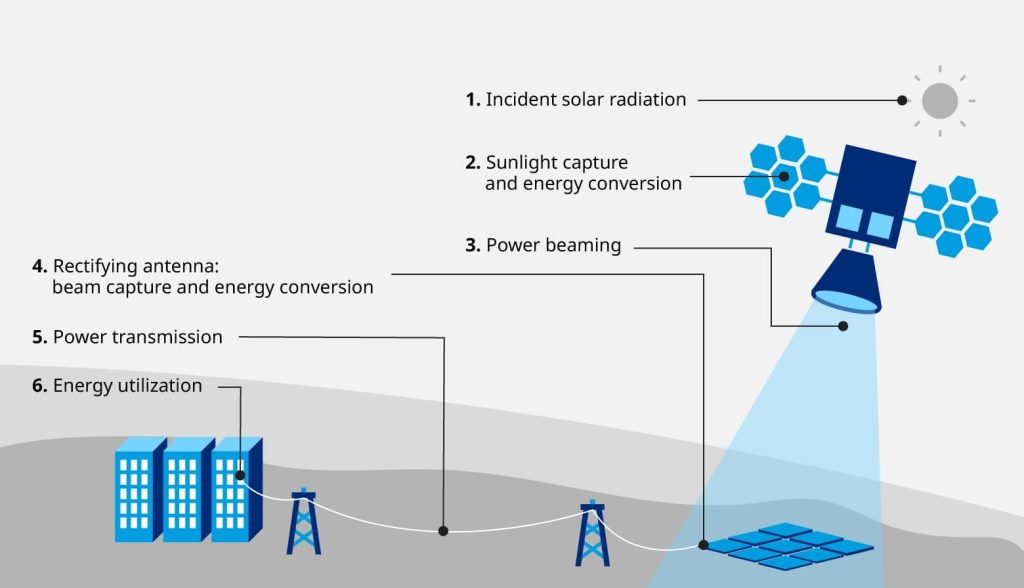
According to Ijichi, transferring energy to Earth will take no more than 5 minutes. In the near future, the company plans to launch a mini replica of its solar station aboard an aircraft to demonstrate wireless energy transfer over a distance of 5-7 km (3-4 miles).
Transformative Potential of Space-Based Solar Energy
Initial discussions about SBSP date back to the late 1960s, when NASA engineers proposed them. However, these plans seemed futuristic at the time, given the technical complexities and high maintenance costs associated with such ventures.
Solar panel electricity generation currently contributes around 5% to global energy production, ranking third among renewable energy sources after hydroelectric power plants and wind power.
Ground-based solar plants face limitations due to geographical and meteorological conditions, with optimal efficiency observed in sun-rich regions. Yet, even under ideal circumstances, continuous energy generation is hindered by nighttime conditions.
A LEO-based power plant would circumvent these limitations, enabling uninterrupted 24-hour energy generation.
Still “Green” energy?
We should not forget about the main narrative that alternative energy promotes — minimizing the consequences of energy production on the environment. And if ground-based hydro, wind and solar power plants fully fit into this environment-friendly framework, launching orbital power plants will require at least one rocket launch. These circumstances raise the question of the “greenness” of the technology, especially if we are talking about the level of greenhouse gas emissions into the atmosphere.
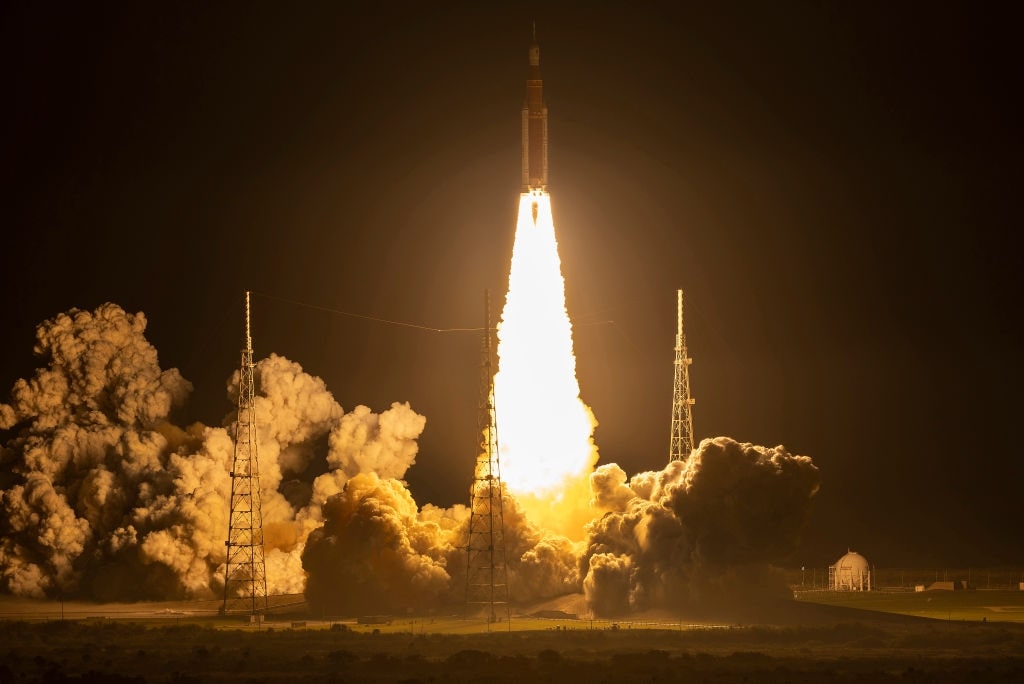
Another obvious drawback (at least at this stage) is the high cost of electricity produced in such a way. According to the NASA Space-Based Solar Power report published by the Office of Technology, the cost of 1 kW/hour of orbital solar electricity is estimated to be, on average, 12 times higher than the same amount of energy produced on Earth: 61 cents vs 5 cents.
However, these assessments are preliminary and lack experimental support. Subsequent technological improvements, such as new types of generators, solar panels, and wireless energy transmission systems, will likely allow adjustments to this still poorly studied sector of alternative energy.
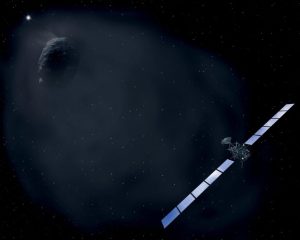





Thank you for your comment! It will be visible on the site after moderation.